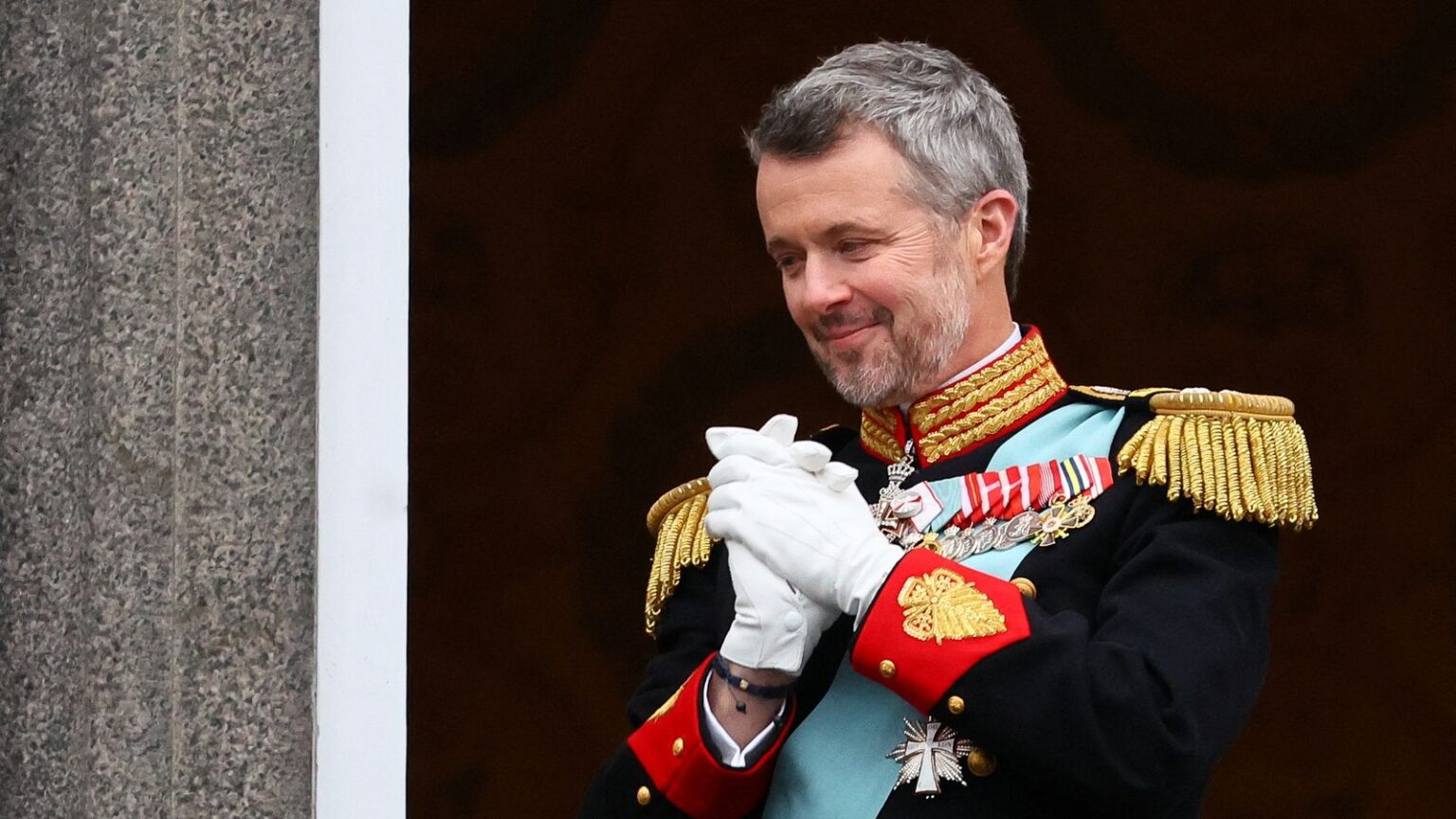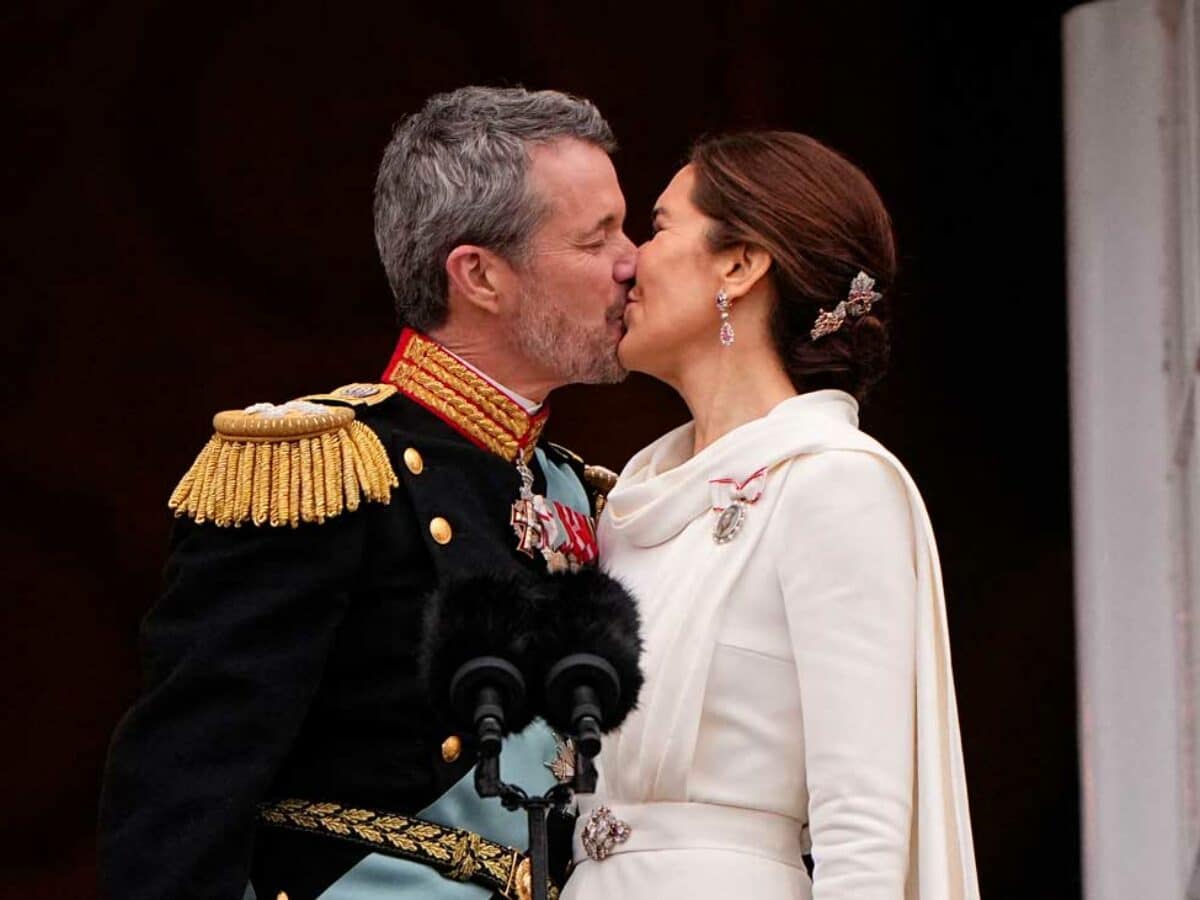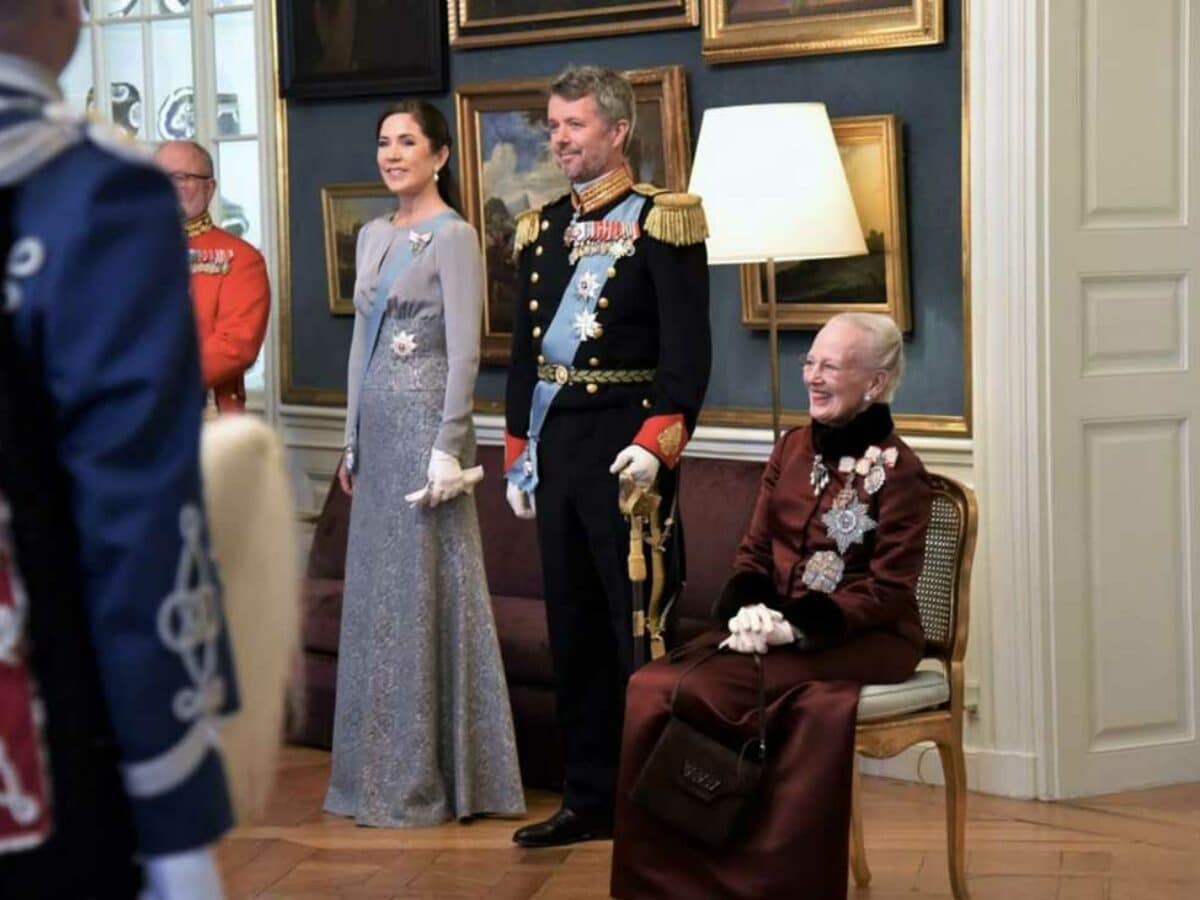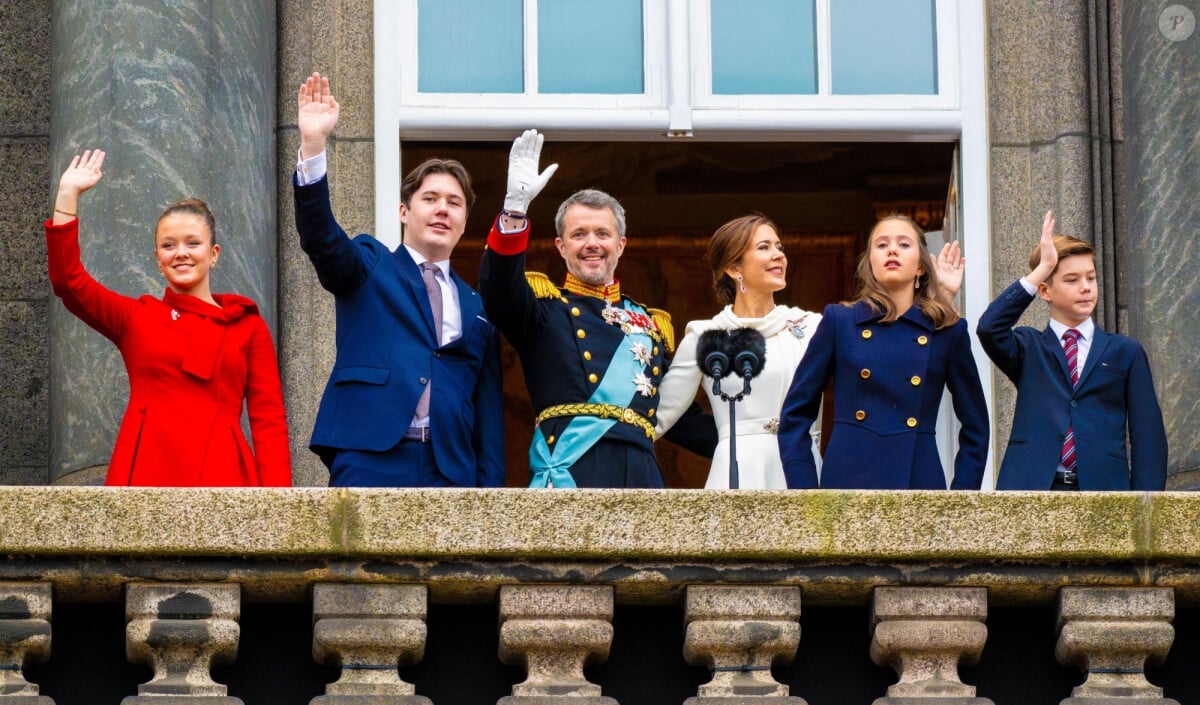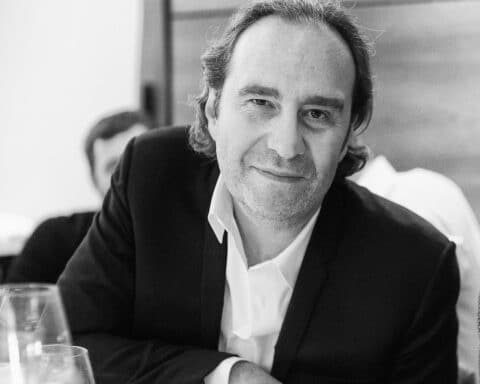Ex-party boy, tattooed and eco-friendly, Frédérik X embodies a new era for Danish royalty, far removed from rigid conventions. At the age of 55, he has won over audiences with his authenticity and modernity. His coronation, without a crown but proclaimed by the Prime Minister, marks the start of a reign in which simplicity and commitment to contemporary causes take center stage.
Long live the king! Last Sunday, Denmark celebrated the ascension to the throne of Frederik X, who succeeds his mother, Queen Margrethe II, after a reign of 52 years. In a striking scene, the newly crowned king, dressed in his military uniform, saluted an enthusiastic crowd.
In accordance with protocol, Frederik X was not crowned, but rather proclaimed by Prime Minister Mette Frederiksen on the balcony of Christiansborg Palace. An audience of 100,000 attended this memorable event.
Before leaving the balcony, the new sovereign made a symbolic gesture: a passionate kiss with Queen Mary, dressed in an elegant white gown, the first commoner to become Queen in Denmark.
At 55, Frédérik X embodies a modernized approach to Danish royalty. Far removed from rigid traditions, he enjoys a popularity rating in excess of 80%. He stands out for his image as a normal man, and expresses his desire to be authentic even on the throne.
An accessible, human king
What makes the new sovereign so special is his desire to be a king “like everyone else”. “I don’t want to lock myself up in a fortress, I want to be myself, a human being,” he declares.
Once perceived as a capricious prince with a passion for cars and nightlife, Frédérik X has matured over the years. “He wasn’t strictly speaking a rebel, but as a child and young man, he was very uncomfortable with the media attention and the knowledge that he was going to be king. He gained confidence in his mid-twenties,” says Gitte Redder, an expert on the Danish royal family.
After graduating in political science from the University of Aarhus, he underwent military training, notably with the Danish Combat Swimmers, where he ranked in the top 4 out of 300 candidates enrolled in 1995. This experience forged his character and won him public esteem.
Following his service in Her Majesty’s Armed Forces, Frédérik X proudly sports two tattoos: a shark and a Nordic symbol, discreetly positioned on his biceps and calf respectively, as revealed by the British tabloids. However, he is not the only member of the royal family to sport tattoos. His grandfather, King Frederik IX, was also adept at this bodily practice.
Ecology and sport, a royal passion
Frederik X’s transition from intrepid prince to respected king captivated public opinion. Despite a somewhat tumultuous youth, marked by risky sporting escapades, he has managed to find his place. A lover of extreme sports, the new king took part in a four-month, 3,500 km ski expedition to Greenland in 2000. He also created the Royal Run, a popular running race in Denmark.
Moreover, in the footsteps of his mother, Frédérik X fully embraces the commitment to the climate cause, which is aligned with modern concerns. In her New Year’s speech, Queen Margrethe II stressed the urgency of combating climate change.
“We have to fight climate change. The consequences are not just yet to come. They’re already here, and they’re extreme. Most Danes are fully aware of this, even if it has been difficult for some of us to become fully conscious of it. Together, we must now find the hope and determination to act”, she declared.
An open vision of monarchy
In inheriting the throne, Frédérik X also inherits the Francophonie from his late father, Prince Consort Henri de Monpezat. Having studied for a year in Normandy and being fluent in French, English and German, the king symbolizes unity within the royal family, marrying diverse origins.
By marrying Mary Donaldson, an Australian lawyer he met in a bar during the 2000 Olympic Games, the King embodies a monarchy open to outside influences.
Together, they form a modern couple, “lovers of pop music, modern art and sport”, analyzes historian Sebastian Olden-Jørgensen. They “do not, however, represent a potential revolution compared to the conservative Queen”, but rather a cautious adaptation to the changes of modern society, he adds.
To further embody this modern lifestyle, Frédérik X took symbolic decisions, such as sending his two children, aged 11 and 18, to public school. This marked a turning point in the perception of the royal family, as the eldest, Prince Christian, became the first heir to the crown to attend a public nursery school.
Read also>JAVIER MILEI, THE TRUMP OF THE PAMPAS ELECTED PRESIDENT OF ARGENTINA
Featured photo : © Press




